Darryl Jory: Aquaculture needs major capital investment to meet its potential

The World Bank report “Fish to 2030: Prospects for Fisheries and Aquaculture” provides valuable perspectives on where the seafood industry is and where it is going in the next three decades.
Its foreword states: “Feeding an expected global population of 9 billion by 2050 is a daunting challenge that is engaging researchers, technical experts, and leaders the world over. A relatively unappreciated, yet promising, fact is that fish can play a major role in satisfying the palates of the world’s growing middle-income group while also meeting the food security needs of the poorest and will provide better insight into how to actually accomplish our goal of doubling production in a decade.”
The aquaculture industry is the fastest growing, food-producing sector globally despite the challenges its expansion continues to face. Aquaculture production must expand very significantly and rapidly to contribute to the food supply of a growing human population, in a sustainable and profitable manner. But our industry will not grow significantly, and as needed, without substantial investment capital.
How much money is needed?
Nobody knows the exact number but we certainly are looking at considerable amounts – in the tens of billions of dollars – if we are serious about significantly increasing aquaculture output. To properly address this question requires a major effort to generate more accurate estimates of the capital required, by major species, by global regions and by major technologies.
There is only one path to help investors – both private and Wall Street – discover and adopt our industry: We must offer competitive financial returns from a well-established, expanding, responsible industry with a solid and developing technological base and within a significant and expanding global market demand.
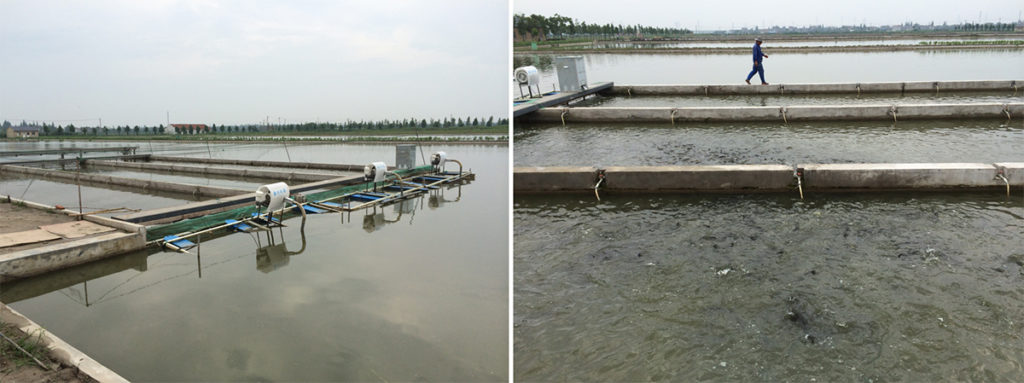
Critical questions to consider
So, what are some of the most important aspects potential investors interested in our industry must see? They vary depending on who you ask, but I believe the following questions are the most critical ones we need to consider:
What is your market? Potential investors often prefer large, stable markets, and in addition to adequate financial projections, many look for solutions for major problems, limited competition, significant and/or fast growth potential, or other characteristics.
What is your experience in the industry? A potential investor wants an experienced management team of professionals who know what they are doing, who have a proven track record of performance, achievement and industry leadership.
What makes your company and products unique? Maybe you have novel or better technologies, processes, products or branding, or other competitive advantages that make you different.
What is your business model? It must be capable of being profitable in a reasonable time horizon and it should be flexible to accommodate the different expectations from investors – from venture capitalists to angel investors – with varying perspectives and goals, and variable appetites for risk and return.
How well do you know your own financial-performance numbers figures? These must be adequate to prove to investors that you have the potential for profitable, sustainable performance and for growth, and that you can handle your finances.
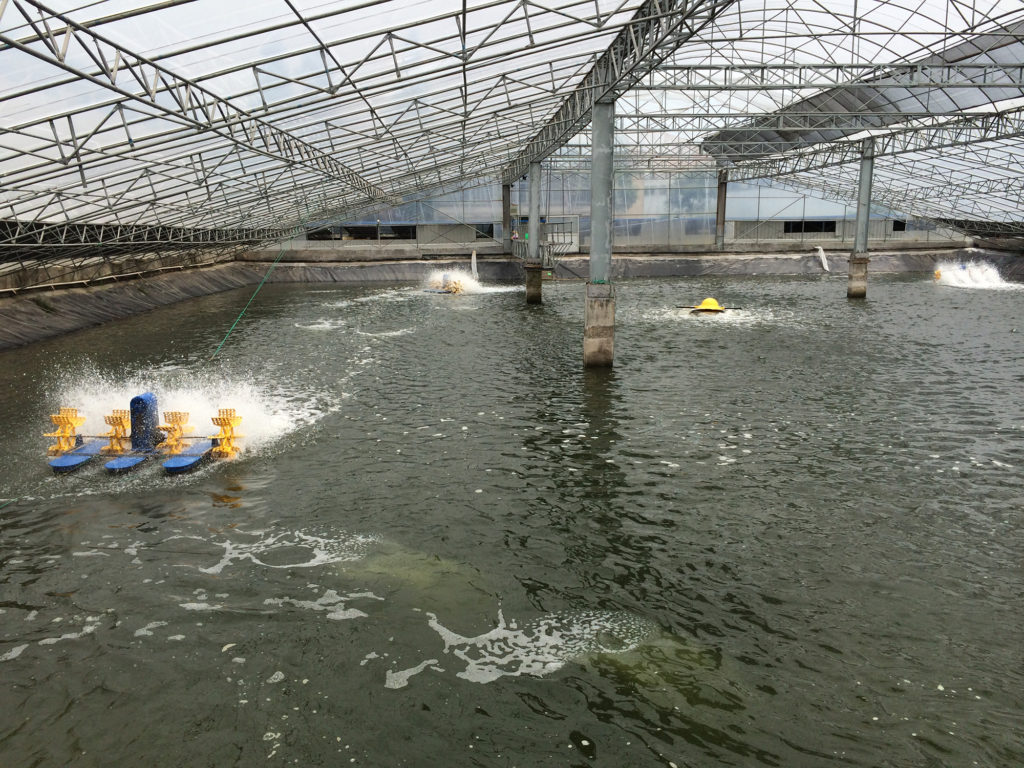
Farmed seafood makes good health, environmental and economic sense
The aquaculture industry has much to offer to the global investment sector, to both its debt and equity sides. Many investors appreciate our significant growth potential given stagnant wild fisheries and increasing global demand for wholesome and quality seafood, with expanding markets for seafood in a fast-growing middle class in Asia and elsewhere, with income growth changing consumer preference for high-quality protein.
Farmed seafood is healthy and sustainable, and can have attractive profit margins. And there are also many investment opportunities and needs in ancillary industries like aquafeed manufacturing and alternative ingredients, health promoting products, production equipment, processing and value-adding, marketing, distribution and others. From an investor’s point of view, our industry is large but fragmented and immature; it’s ripe for consolidation; and it’s an excellent opportunity for investment portfolio diversification.
To significantly increase aquaculture production in the next decade will require major capital investments. Some estimates to double production of just a few key species range from $50 to $100 billion or more. Investment capital is a major challenge to the expansion of our industry. Where will this funding come from? How are we going to help, not just private investors, but also money centers like Wall Street, discover and get interested in our industry?
We have the one approach, as I mentioned earlier, but we must at the same time better educate the public by promoting the benefits of our industry – it promotes health, it grows the economy and it stewards the environment.
Farmed seafood makes good health, environmental and economic sense, and we at the Global Aquaculture Alliance are working to change the few negative perceptions out there into the many positive realities of our industry, by encouraging education, dialog and innovation.
Now that you've reached the end of the article ...
… please consider supporting GSA’s mission to advance responsible seafood practices through education, advocacy and third-party assurances. The Advocate aims to document the evolution of responsible seafood practices and share the expansive knowledge of our vast network of contributors.
By becoming a Global Seafood Alliance member, you’re ensuring that all of the pre-competitive work we do through member benefits, resources and events can continue. Individual membership costs just $50 a year.
Not a GSA member? Join us.
Author
Tagged With
Related Posts
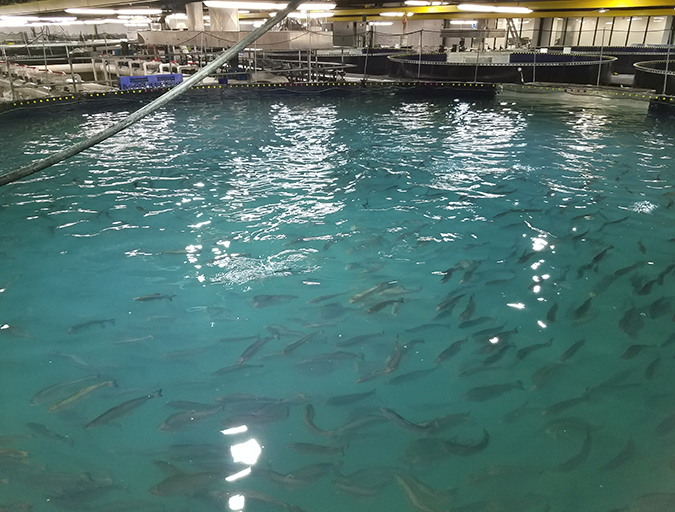
Intelligence
A land grab for salmon (and shrimp) in upstate New York
The operators of Hudson Valley Fish Farm see their inland locale as a pilot to prove that land-based fish farming, located in close proximity to major metropolitan markets, can be successful.
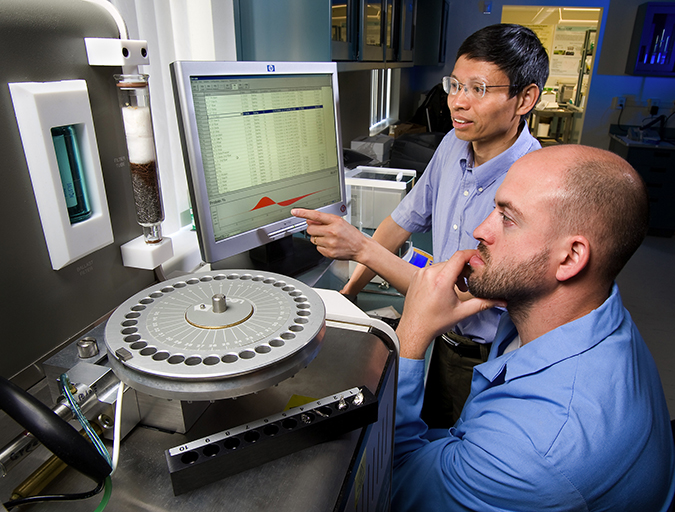
Aquafeeds
Alternative feed ingredient universe to convene at F3 meeting
What started out as a simple yet ambitious contest to drive innovation in the aquafeed sector has evolved into a fully global competition – and collaboration – amongst ingredient suppliers and feed manufacturers.
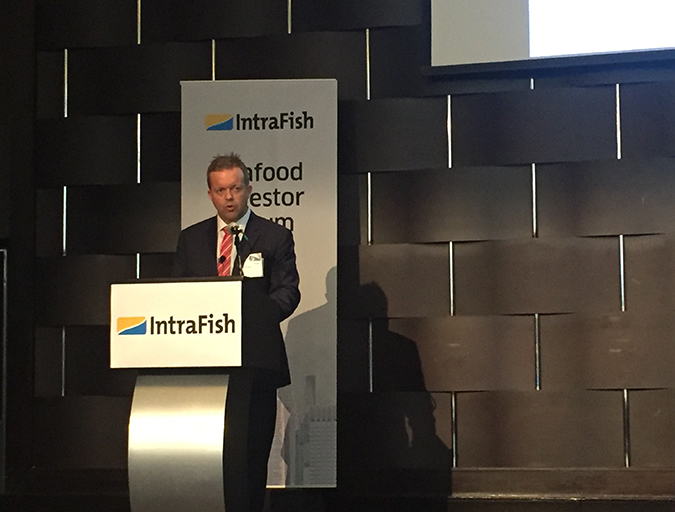
Innovation & Investment
Investors see (mostly) upsides in aquaculture’s outlook
Aquaculture is attractive to investors, but they remain wary of diseases that could stunt projections of massive growth. At the IntraFish Seafood Investors Forum in New York, discussion about the salmon industry and its challenges — antibiotics, genetically modified fish, Chile’s woes, sea lice — revealed both criticism and optimism.
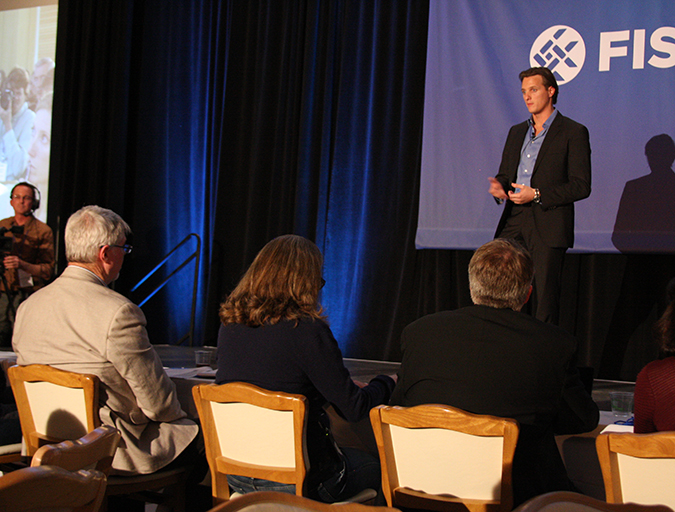
Innovation & Investment
Like fish in a barrel: Seafood innovators land investor interest
At Fish 2.0, it’s seafood, Silicon Valley style. Aquaculture companies gave their best pitches to investors and two left Palo Alto, Calif., as winners. Founder Monica Jain says the competition highlights a financial gap that must be bridged for the industry to advance.



